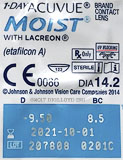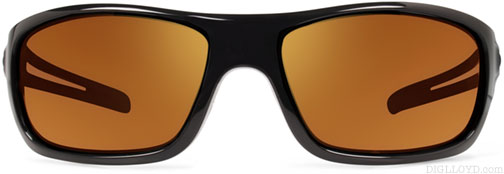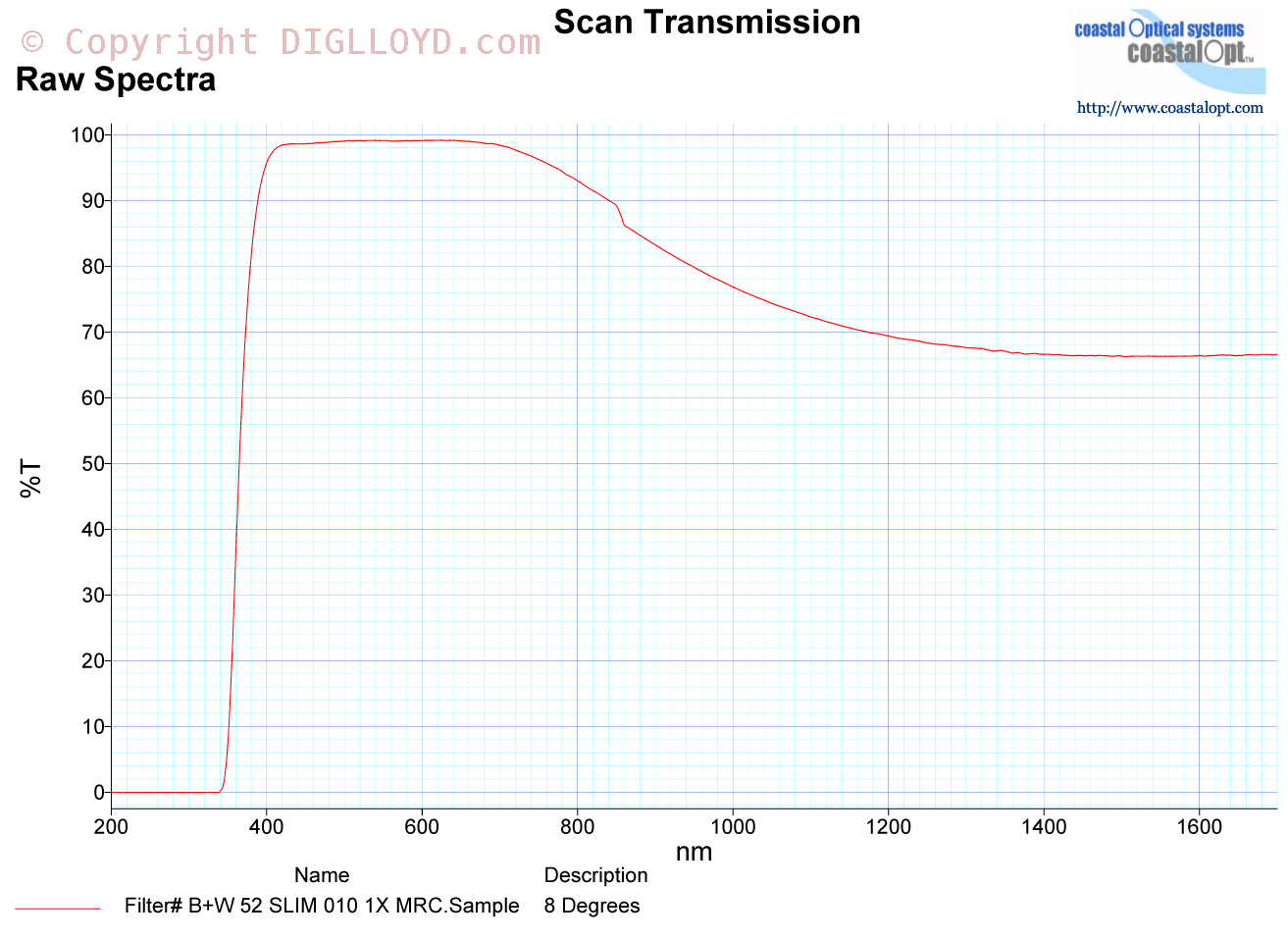Computer Display, iPhone, iPad and Similar of Concern for Eye Health? Macular Degeneration Linked to Blue Light (sunlight and most forms of LED lights)
See also eyesight and presbyopia and sunglasses and health and magnesium deficiency.
Use Apple’s “Night Shift” to Reduce Blue Light on Computer Display and iPhone, iPad
Love that iPhone or iPad or other phone or tablet or computer display? Long term, the blue light from cell phones and tablets and computer displays might have serious implications, and that’s no laughing matter, even if it takes 50 years for it to happen. It is particularly concerning since children from a very young age stare at cell phone or tablet screens for many hours. Excessive blue light is also linked to eyestrain and various health problems.
The Apple iMac 5K display and iPad and iPhone and similar displays can be run extremely bright, and looks to contain a lot of blue light. Use Night Shift and similar features even in the daytime.
Macular degeneration (retinal cell death) has been linked to blue light (380nm to 500nm). The term HEV (high energy visible) might also be heard. A sampler:
- Ultra-violet and Blue Light Aggravate Macular Degeneration
- Macular Degeneration Linked to Sunlight and Low Antioxidants
- Ensuring safety in LED lighting
- LED lighting and macular degeneration (all)
- A ban on screens in bedrooms may save kids’ sleep
- Effects of blue light on the circadian system and eye physiology
- 2018: Removal of the blue component of light significantly decreases retinal damage after high intensity exposure
- Blue light exposed
There is minimal scientific evidence yet that exposure to blue LED light will cause macular degeneration (leading to loss of vision) the same way sunlight does, short of artificially high exposure levels. It is a matter of intensity, duration of exposure, and almost certainly a complex interplay of personal factors (overall health, diet, genetics, etc).
Harvard Medical: Will blue light from electronic devices increase my risk of macular degeneration and blindness?
White LEDs may actually emit more blue light than traditional light sources, even though the blue light might not be perceived by the user. This blue light is unlikely to pose a physical hazard to the retina. But it may stimulate the circadian clock (your internal biological clock) more than traditional light sources, keeping you awake, disrupting sleep, or having other effects on your circadian rhythm.
...consumer electronics are not harmful to the retina because of the amount of light emitted. For example, recent iPhones have a maximum brightness of around 625 candelas per square meter (cd/m2). Brighter still, many retail stores have an ambient illumination twice as great. However, these sources pale in comparison to the sun, which yields an ambient illumination more than 10 times greater!
High-intensity blue light from any source is potentially hazardous to the eye. Industry sources of blue light are purposely filtered or shielded to protect users. However, it may be harmful to look directly at many high-power consumer LEDs simply because they are very bright. These include “military grade” flashlights and other handheld lights. Furthermore, although an LED bulb and an incandescent lamp might both be rated at the same brightness, the light energy from the LED might come from a source the size of the head of a pin compared to the significantly larger surface of the incandescent source. Looking directly at the point of the LED is dangerous for the very same reason it is unwise to look directly at the sun in the sky. Compared to the risk from aging, smoking, cardiovascular disease, high blood pressure, and being overweight, exposure to typical levels of blue light from consumer electronics is negligible in terms of increased risk of macular degeneration or blindness. Furthermore, the current evidence does not support the use of blue light-blocking lenses to protect the health of the retina, and advertisers have even been fined for misleading claims about these types of lenses.
WIND: Science and especially medical science (pseudo science most of the time) have been wrong on so many things so often that “don’t worry” claims are best seen as a sucker’s bet. Scientific data to back up the claims about brightness of consumer devices not being harmful does not yet exist given the relatively short existence of modern displays. When used for long periods of time, particularly at night and for year after year starting at a young age, what then? With reasearch hardly begun, it is irresponsible to categorically reject any blue light hypothesis here in 2020.
Speculation about comparative risks and emphatic claims like “Blue light from electronic devices is not going to increase the risk of macular degeneration or harm any other part of the eye” without even mentioning nutritional deficiences and their role in health makes such claims dubious at best. Remember “masks don’t work” from both the CDC and WHO vs COVID-19? Categorically rejecting a hypothesis is anti-science.
In summary, the findings of this systematic review indicate that there is a lack of high quality clinical evidence for a beneficial effect of blue‐blocking spectacle lenses in the general population to improve visual performance or sleep quality, alleviate eye fatigue or conserve macular health...
There is a need for high quality studies to address the effects of blue blocking spectacle lenses on visual performance, and the potential alleviation of symptoms of eyestrain and/or visual fatigue
WIND: small short-term studies vs macular degneration are not very persuasive.
Research progress about the effect and prevention of blue light on eyes
... short-wave blue light with wavelength between 415 nm and 455 nm is closely related to eye light damage. This high energy blue light passes through the cornea and lens to the retina causing diseases such as dry eye, cataract, age-related macular degeneration, even stimulating the brain, inhibiting melatonin secretion, and enhancing adrenocortical hormone production, which will destroy the hormonal balance and directly affect sleep quality. Therefore, the effect of Blu-rays on ocular is becoming an important concern for the future. We describe blue light's effects on eye tissues, summarize the research on eye injury and its physical prevention and medical treatment.
The refractive medium of the human eye's different tissue characteristics have different permeation effects on light when the wavelength is <300 nm. A wavelength between 300 and 400 nm can penetrate the cornea and be absorbed by the iris or the pupil. High energy short wave blue light between 415 and 455 nm is the most harmful. Direct penetration of crystals into the retina causes irreversible photochemical retinal damage[1]. As the harmful effects of blue light are gradually realized by the public, eye discomfort related to blue light is becoming a more prevalent concern. Because of blue light's short wavelength, the focus is not located in the center of the retina but rather in the front of the retina, so that the long exposure time to blue light causes a worsening of visual fatigue and nearsightedness. Symptoms such as diplopia (double vision) and inability to concentrate can affect people's learning and working efficiency...
...screen reading can lead to the occurrence and development of poor eyesight in schoolchildren, and the higher incidence of nearsightedness correlates with the increase in the length of the screen reading time...
It seems likely that nutrition including magnesium deficiency would influence damage to and repair of retinal cells (and everything else in the body). Magnesium is an anti-oxidant and therefore a deficiency speaks directly to the statement in one of the studies: “oxidative damage caused by blue light was shown to be reduced by effective antioxidant extract associated-free radical elimination”.
Removal of the blue component of light significantly decreases retinal damage after high intensity exposure
[WIND: note “high intensity”—this study uses mice along with high intensity light to suggest that blue light might be a concern. But mice are not humans, and this level of exposure misleads more than helps and the last statement is very non-scientific, giving no relative exposure level versus the mice setup]
Light causes damage to the retina (phototoxicity) and decreases photoreceptor responses to light. The most harmful component of visible light is the blue wavelength (400–500 nm). Different filters have been tested, but so far all of them allow passing a lot of this wavelength (70%). The aim of this work has been to prove that a filter that removes 94% of the blue component may protect the function and morphology of the retina significantly...
In conclusion, this blue-blocking filter decreases significantly photoreceptor damage after exposure to high intensity light. Actually, our eyes are exposed for a very long time to high levels of blue light (screens, artificial light LED, neons…). The potential damage caused by blue light can be palliated.
White Light–Emitting Diodes (LEDs) at Domestic Lighting Levels and Retinal Injury in a Rat Model (emphasis added):
LED (or solid-state) lighting sources are designed to emit all energy within the wavelength range of human vision, making LEDs the most energy-efficient commercially manufactured light. However, many current “white-light” LED designs emit much more blue light than conventional lamps, which has a number of health implications, including disruption of circadian rhythms (Holzman 2010).
The most popular LED lighting product, a phosphor-conversion (PC) LED, is an LED chip that emits blue light, which passes through a yellow phosphor-coating layer to generate the ultimate white light (Spivey 2011). Although the white light generated from LEDs appears normal to human vision, a strong peak of blue light ranging from 460 to 500 nm is also emitted within the white light spectrum; this blue light corresponds to a known spectrum for retinal hazards (Behar-Cohen et al. 2011). Some epidemiological studies have suggested that short-wavelength light exposure is a predisposing cause for age-related macular degeneration (AMD) (Wu et al. 2006). Animal models have also been used to determine that excessive exposure to blue light is a critical factor in photochemical retinal injury targeting photoreceptors and the retinal pigment epithelium (RPE) (Hafezi et al. 1997).
Things are often more complicated; tangled up in all this is the age factor: too little blue light can also be a problem, and age can be a mitigating factor of sorts because the lens of the eye yellows with age (yellow filters out blue). But if the damage accrues from youth to middle age, the yellowing lens is not of much help:
With age, the lens becomes more yellowish, and thus, the spectrum of blue light transmission dramatically decreases through the years. It is suspected that one reason older individuals experience sleep problems is the lack of blue light during the daytime.
Spectral transmission graphs
The closer the light wavelength is to ultraviolet (UV), the more damaging it becomes in general. This is true in general for skin cancer or killing viruses in water or degradation of plastics or paint or anything over time (just find any can or bottle that has been sitting in the sun for a long time). That’s because shorter wavelengths contain much higher energy levels (go beyond UV to X-Rays and killer gamma rays).
To assess UV/violet/blue exposure with a sunglass or contact lens, one would need a spectral transmission chart. Yet when I request spectral transmission charts no vendor has them, even first-class sunglass vendors like REVO. Statements like “blocks blue light” are presumably true, but ought to be backed up by hard 3rd-party evidence, that is, a spectral transmission chart showing just what is blocked—and this varies by the tint and coating of the lens used. Accordingly, I hope to actually measure the spectral transmission of sunglasses that I actually wear sometime soon.
The link between blue light and macular degeneration
In Macular Degeneration Linked to Sunlight and Low Antioxidants:
Some cases of age-related macular degeneration may arise from a combination of low plasma levels of antioxidants and exposure to blue light from the sun, a multinational European study suggested.
The combination more than tripled the risk of the eye disease among individuals with the lowest combined levels of antioxidants, Astrid E. Fletcher, Ph.D., of the London School of Hygiene and Tropical Medicine, and colleagues reported in the October issue of Archives of Ophthalmology.
...
I’ve also spoken to an optometrist who regularly snapshots the retinas as part of eye exams, and he states (for my eyes and in general) that he has not observed any change in retina health in recent years. Thus theoretical lab tests are no subsitute for real-world scientific evidence as per retinal cells in human eyes, particularly given outdoor light exposure. That said, many of us spend many hours staring at bluish LED displays (cell phones, tablets, computer displays) and/or under LED or CFL lighting in the home or office.
The blue light from LEDs is now associated with retinal cell death. How much is too much is as yet unknown, but the evidence leaves little doubt that blue light kills retinal cells:
The relation between macular degeneration-retinal damage and exposure to light has been known since the middle of the 20th century. Nevertheless, in the last 5 years, the advent of new technology LED along with its massive use in screens of electronic devices (smartphones, tablets, laptops…) has made phototoxicity the main field of our research.
The studies conducted by the Complutense University of Madrid have shown that LED devices emit 5 times more toxic light than light reflected by paper or emitted by the older-style CRT monitors.
In-vitro experiments in which human donated retinal pigmentary epithelium cells were exposed to 36-hour circadian cycles of direct LED light of different intensities have been forceful: without protection, cell death amounted to 93%. However, when a protective element was placed between the cells and LED light, the survival rate of cells increased by 90%... Dr Sánchez-Ramos acknowledges that it may take another 10-15 years for research to demonstrate conclusively that LED light causes macular degeneration in the same way that sunlight does.
See also The Lowdown on Blue Light: Good vs. Bad, and Its Connection to AMD.
Nowadays, there's an increase in the use of digital devices and modern lighting—such as LED lights and compact fluorescent lamps (CFLs)—most of which emit a high level of blue light. CFLs contain about 25% of harmful blue light and LEDs contain about 35% of harmful blue light. Interestingly, the cooler the white LED, the higher the blue proportion. And by 2020, 90% of all of our light sources are estimated to be LED lighting. So, our exposure to blue light is everywhere and only increasing... Who's going to need the most protection? Those who have high exposure to white LED or fluorescent light bulbs in offices and homes, frequent users of LED computer monitors, tablets, or smart phones, and those at risk for AMD, particularly those at high risk, (those with family history, smokers, etc.).

Assessing the risks, protection
Given the lack of nailed-down scientific evidence, one has to make a personal assessment weighing the factors. But there are reasonable precautions to take, even ignoring the macular degeneration theory—sunglasses and blue-light-cut eyeglasses in particular.
Many companies are pushing solutions such as eyeglasses with blue-light-cut coatings, so the vested interests involved need to be considered. That said, blue light filtering eyeglasses might reduce eyestrain and this is easy enough to assess for anyone working at a computer for hours every day. Such solutions are thus appropriate to try, particularly if there is any evaluation period offered.
In my personal case, 10-12 hours daily computer usage seems to put me at high risk, which concerns me greatly. However, I don’t know how much blue light my LED computer displays emit, and I have no basis for knowing whether the risk is zero or something very significant.
Nor do I understand if configuring my NEC professional displays to run slightly warm (yellow) would reduce the risk (I would expect it would).
While I wear UV-blocking contact lenses* as well as sunglasses when outdoors, it’s not clear to me that my contact lenses block blue/violet light at all as when using a computer display. If they did so effectively, it would interfere with my assessment of color balance for photographs. So I suspect that I have no protection for computer work using just contact lenses.
* The Accuvue web site states that “UV-absorbing contact lenses are NOT substitutes for protective UV-absorbing eyewear such as UV-absorbing goggles or sunglasses because they do not completely cover the eye and surrounding area”.
I do a lot of cycling, and high quality sunglasses are very important to me. Hiking at extreme altitude is also considerations. At the least, high quality sunglasses are no-brainer for both comfort and eye protection. See my experience report with the Revo Guide S sunglasses at WindInMyFace.com.

Change the display
Professional displays offer the option of custom calibration, so that a display can be set to, say, 5000°K instead of the typical 6500°K. This is one solution that should greatly reduce the amount of blue light.









